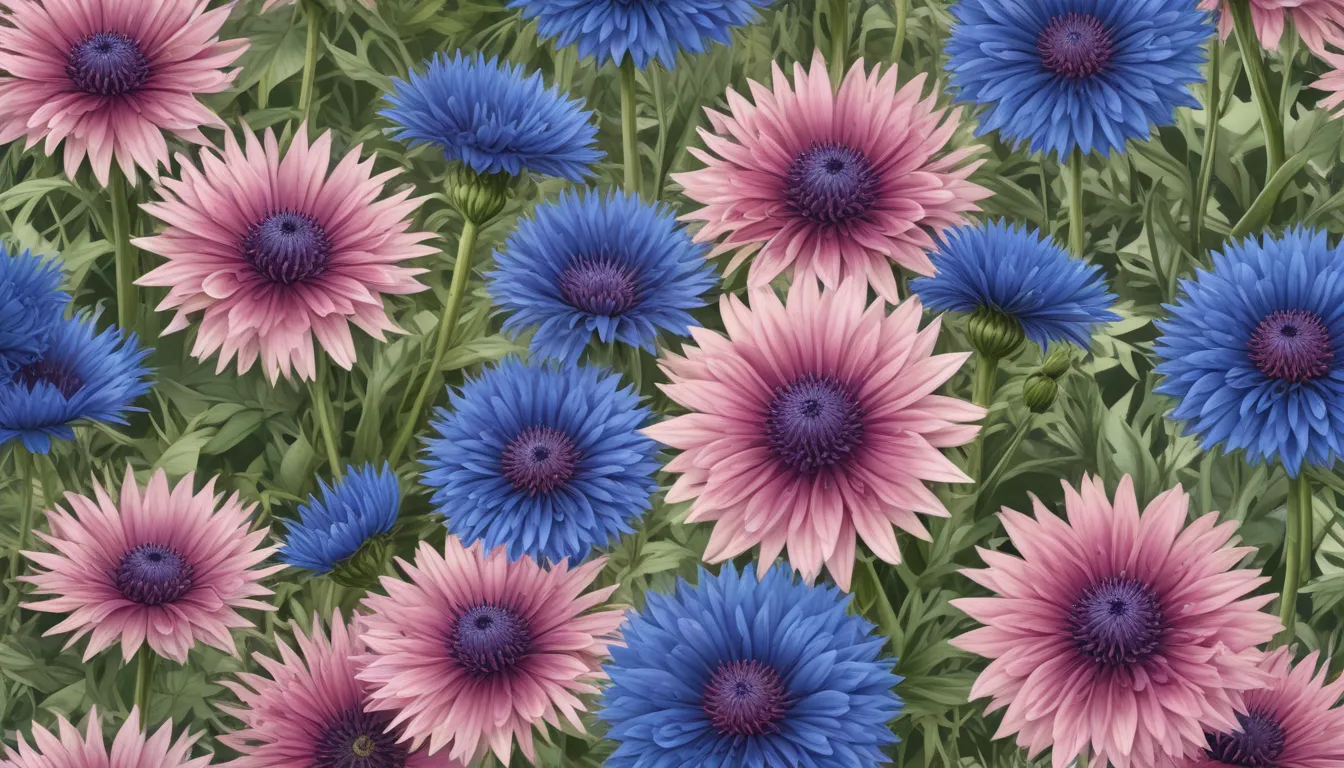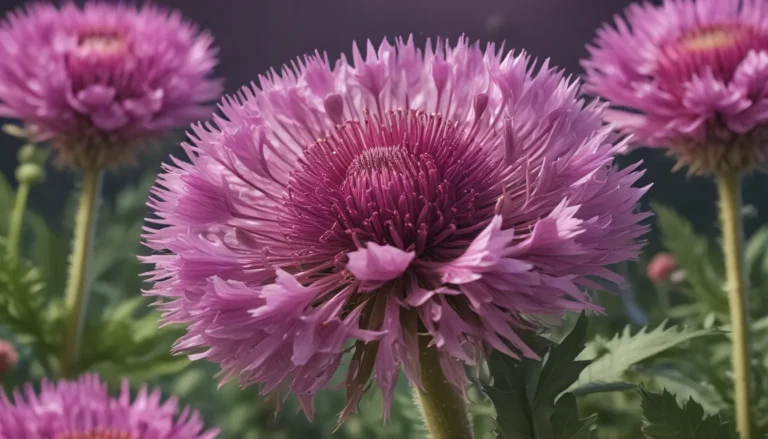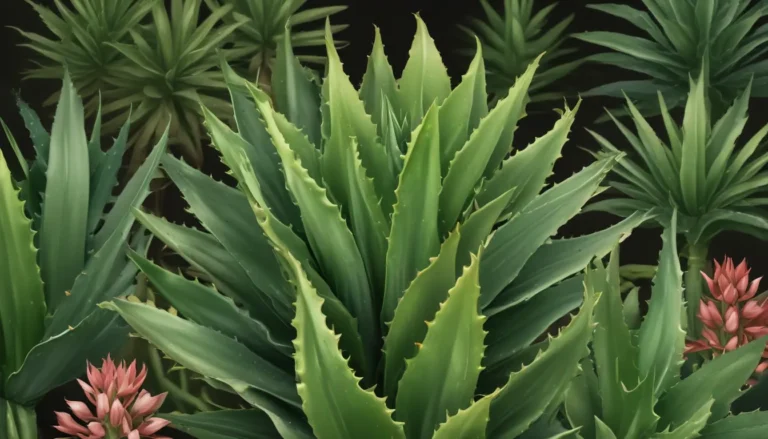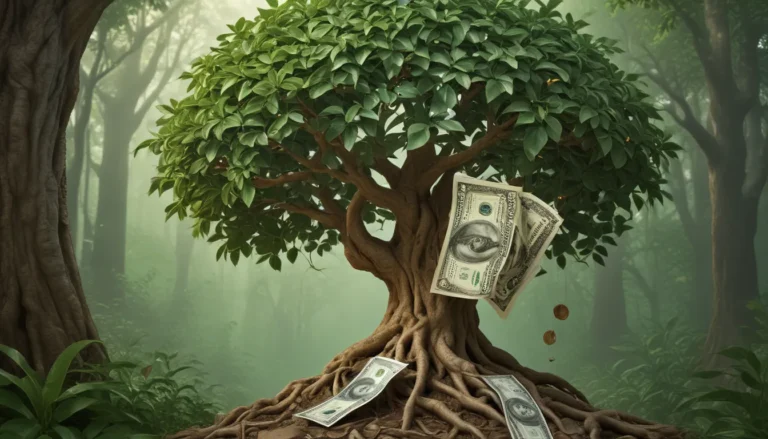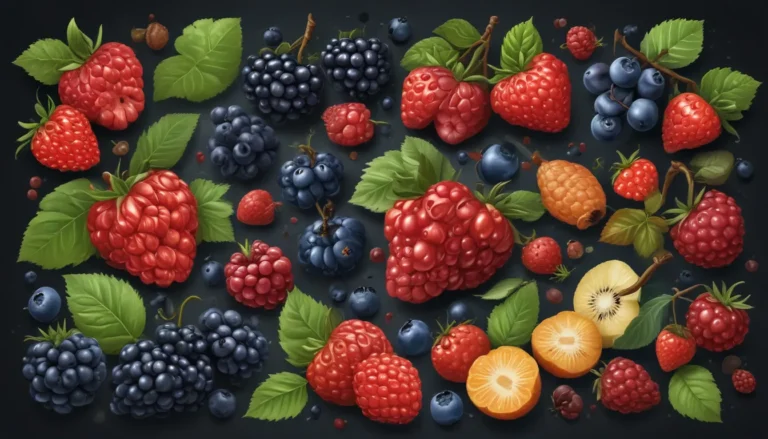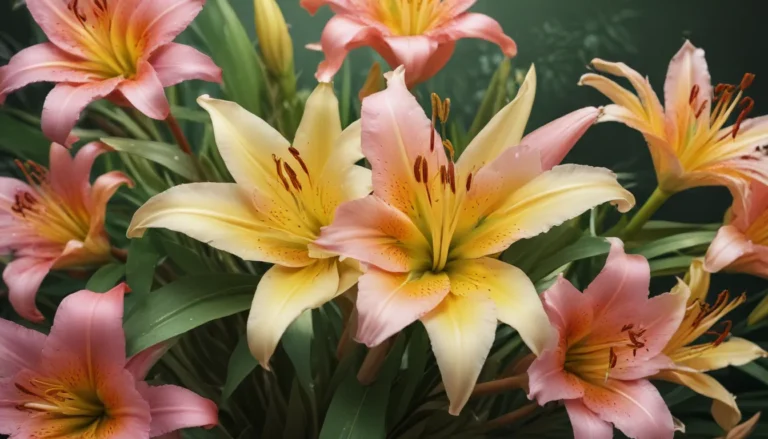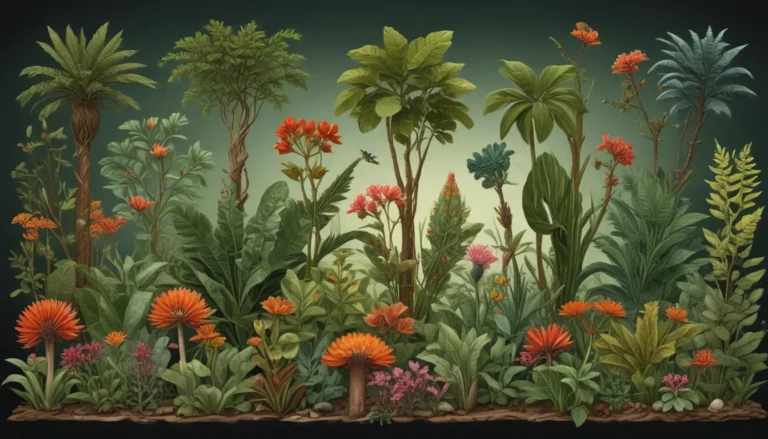The pictures we use in our articles might not show exactly what the words say. We choose these pictures to make you interested in reading more. The pictures work together with the words but don’t take their place. The words still tell you the important facts.
Cornflower, scientifically known as Centaurea cyanus, is a stunning flower that has captured the hearts of many for centuries. Its vibrant blue petals, delicate structure, and unique characteristics have made it a popular choice for gardens, floral arrangements, and even herbal remedies. Let's dive into the enchanting world of cornflower and uncover 14 intriguing facts that will deepen your appreciation for this remarkable plant.
The Symbol of Love and Romance
Cornflower holds a special place as a symbol of true love and romance. In Victorian times, couples exchanged cornflowers as a symbol of their love and loyalty. The vibrant blue color of the petals represents faithfulness and devotion, making it a popular choice for wedding bouquets.
Ancient Healing Powers
Ancient civilizations, including the Egyptians and Greeks, recognized the medicinal properties of cornflower. It was believed to have healing abilities for various ailments, ranging from eye infections to digestive disorders. It was even used as a remedy for the plague, showcasing its versatility and importance in ancient medicine.
Vibrant Natural Dye
The intense blue pigment found in cornflower petals has been utilized as a natural dye for textiles and clothing. In the past, cornflower was a sought-after source of blue dye, imparting a beautiful hue to fabrics. Its natural dyeing properties add to the many uses and benefits of this captivating flower.
Delicate Edible Petals
Not only visually stunning, but also edible, the petals of cornflower offer a subtle floral flavor. They are often used as a decorative garnish in salads, desserts, and cocktails, adding a touch of elegance to culinary creations. The versatility of cornflower extends beyond aesthetics to culinary delights.
Wildlife Sanctuary
Cornflower is a favorite among pollinators such as bees and butterflies. Its nectar-rich flowers attract these important insects, making it a valuable addition to gardens and natural habitats. By supporting pollinators, cornflower plays a crucial role in maintaining biodiversity and ecosystem health.
Rich Historical Significance
With a history dating back to ancient times, cornflower has a rich historical significance. It was a symbol of unity and freedom during the Prussian and German political movements in the 19th and 20th centuries. Its association with important historical events adds to its allure and cultural value.
Traditional Herbal Remedy
In traditional herbal medicine, cornflower was used to alleviate eye strain and improve vision. By soaking cornflower in water and using it as an eyewash, people sought relief from tired eyes. Its use in herbal remedies demonstrates the practical and medicinal benefits of this fascinating flower.
Resilient and Versatile
Cornflower is a tough and hardy wildflower that can thrive in various soil types and environments. Its ability to withstand drought conditions and bloom in fields, meadows, and roadsides showcases its resilience and adaptability. Cornflower's versatility makes it a valuable addition to any garden or natural habitat.
Soothing Anti-Inflammatory Properties
Cornflower's anti-inflammatory properties make it a popular ingredient in skincare products and cosmetics. It can soothe and calm irritated skin, offering relief to those with sensitive skin. Its soothing properties extend beyond aesthetics to promote skin health and well-being.
Cultural Significance and Blessings
In some cultures, cornflower is associated with good luck and prosperity. It is believed to bring positive energy and is often used in rituals and ceremonies as a symbol of abundance and blessings. Its cultural significance transcends mere aesthetics to encompass well-being and positivity.
Natural Pest Control
The strong fragrance of cornflower acts as a natural deterrent for pests and insects in the garden. By planting cornflowers near other plants, gardeners can protect their gardens from unwanted visitors without resorting to harmful pesticides. Cornflower's natural pest control properties make it a valuable ally in garden maintenance.
Relaxing Cornflower Tea
The leaves and petals of cornflower can be used to make a soothing herbal tea known for its calming properties. Consumed to promote relaxation and reduce stress, cornflower tea offers a natural way to unwind and rejuvenate. Its soothing effects extend from the garden to the teacup, providing a comforting experience.
Elegant Cut Flowers
Cornflower's striking blooms make it a popular choice for cut flower arrangements. Its vibrant blue petals, coupled with its long-lasting freshness, add a touch of elegance to floral displays. Whether used in bouquets, centerpieces, or bouquets, cornflower enhances any floral arrangement with its beauty and charm.
Simple Yet Beautiful Growth
Cornflower is a low-maintenance plant that is easy to grow from seeds. Thriving in full sun and well-drained soil, it is an ideal choice for both novice and experienced gardeners. Its simplicity in cultivation adds to its appeal as a versatile and easy-to-grow flower.
In conclusion, cornflower is a captivating and versatile plant with a wealth of fascinating attributes. From its historical significance to its medicinal properties and cultural symbolism, cornflower continues to inspire awe and admiration. Whether in the garden, as a herbal remedy, or simply as a decorative element, cornflower delights with its beauty and utility. Take a moment to appreciate the enchanting world of cornflower and uncover the many secrets it holds.
FAQs: Exploring the World of Cornflower
- Origin of the Name: The name "cornflower" likely stems from its tendency to grow as a weed in cornfields, showcasing its natural habitat.
- Container Growth: Yes, cornflowers can be grown in containers or pots, providing a versatile option for gardeners with limited space.
- Plant Lifespan: While typically annual, some cornflower varieties may behave as short-lived perennials in select regions, offering diverse growth patterns.
- Medicinal Uses: Cornflowers have a history of use in herbal medicine for soothing eye irritations and treating digestive disorders, underlining their medicinal properties.
- Pollinator Attraction: Cornflowers are known to attract bees, butterflies, and other pollinators with their vibrant petals and nectar, contributing to ecosystem health.
- Growth Height: On average, cornflowers reach heights of 2 to 3 feet, varying based on the specific variety and environmental conditions.
- Dried Flower Use: Yes, cornflowers can be dried and utilized in dried flower arrangements or decorative wreaths, preserving their beauty beyond blooming season.
- Seed Germination: Cornflowers are relatively easy to grow from seeds, tolerating various soil conditions and germinating within a few weeks, facilitating cultivation.
- Invasive Properties: Cornflowers are not considered invasive plants, maintaining well-behaved growth habits and coexisting harmoniously within garden settings.
- Natural Dyeing: Yes, cornflowers can be used to create a natural blue dye for fabric coloring, incorporating their vibrant pigment into textile artistry.
- Deer Resistance: Cornflowers are recognized as deer-resistant plants, making them a favorable choice for gardens in areas with deer populations, offering protection from browsing.
- Symbolic Meanings: Beyond beauty, cornflowers hold symbolic meanings associated with romantic love, fertility, and the attraction of true love, enriching their allure.
- Culinary Uses: While not commonly used in cooking, cornflower petals serve as decorative garnishes for salads, desserts, and beverages, enhancing culinary presentations.
- Care Guidelines: Cornflowers thrive in full sun, well-drained soil, and regular watering, requiring minimal maintenance for successful cultivation in gardens.
- Native Range: Although native to Europe, cornflowers have naturalized and are cultivated worldwide, demonstrating their adaptability and widespread appeal.
In the enchanting realm of cornflower, each fact reveals a new layer of beauty and significance. Whether exploring its rich history, vibrant hues, or medicinal properties, cornflower continues to captivate and inspire with its allure. Embrace the charm of cornflower and discover the wonders it holds in the garden, in herbal remedies, and beyond. Explore the enchanting world of cornflower and deepen your appreciation for this remarkable plant that has captivated hearts across centuries.
